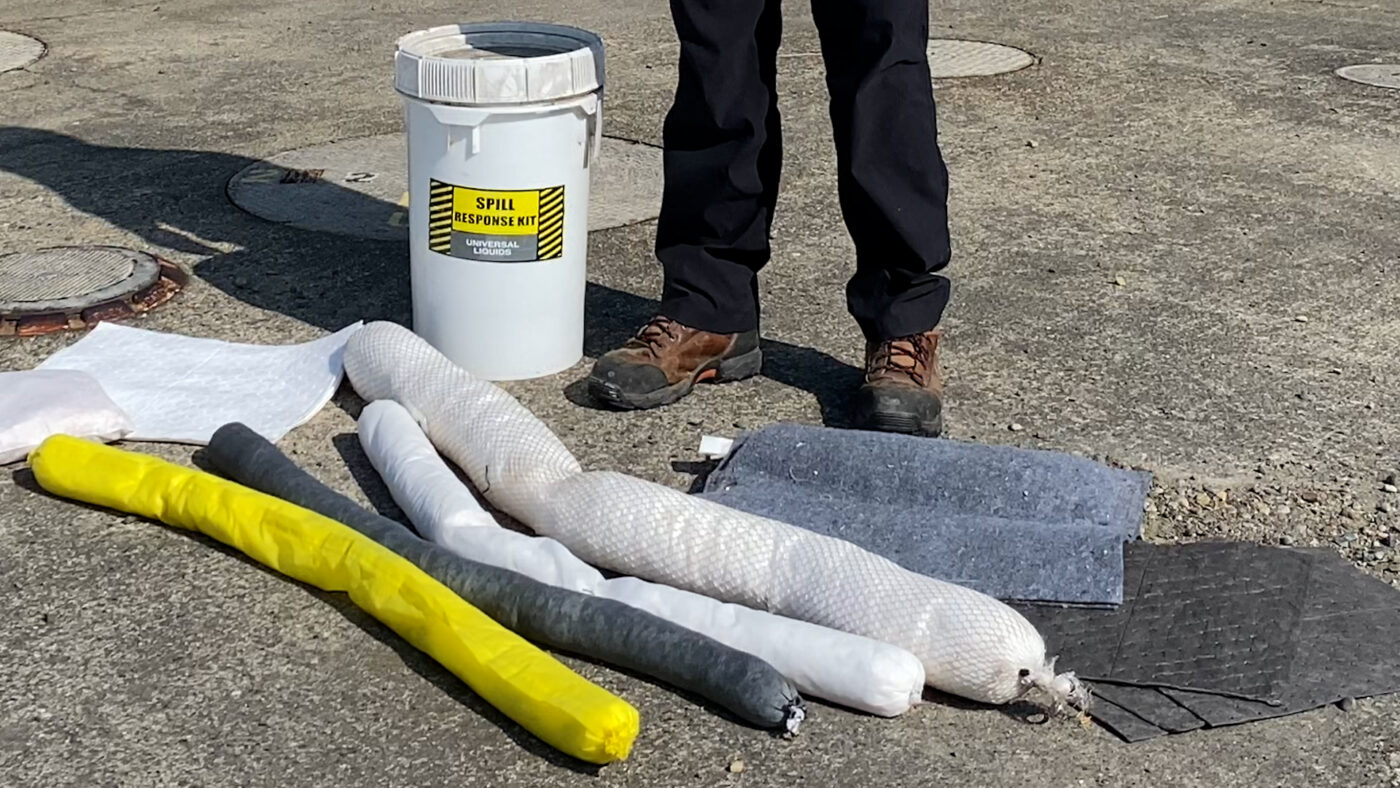Spills are an unfortunate reality of industrial operations. The ability to swiftly and effectively manage spills is essential to protecting the environment and complying with stormwater regulations. Having a well-stocked spill kit is one of the essential tools for source control on your industrial site, and could mean the difference between a minor incident and a major mishap.
The Core Contents of a Spill Kit:
1. Personal Protective Equipment (PPE)
Safety is a critical piece of spill cleanup. While the exact PPE required may vary depending on the types of material stored on-site, a minimum should be gloves and goggles to help protect your hands and eyes from exposure to the spilled material.
2. Absorbents
Absorbent material is critical for quickly soaking up liquids and preventing them from spreading into the stormwater infrastructure. There are several types of Absorbent materials that you should have on site:
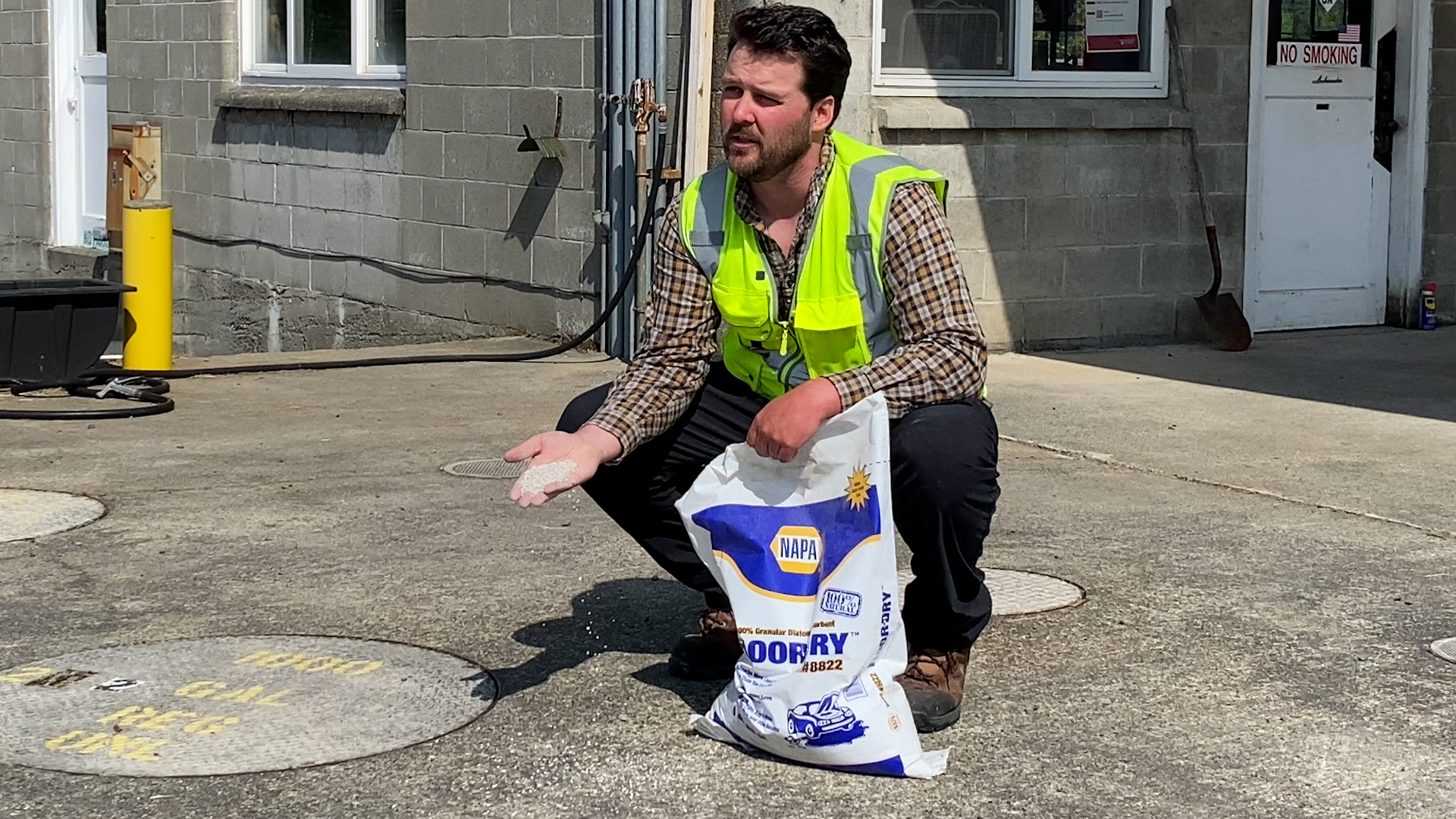
Loose Absorbent such as kitty litter or other proprietary granules are relatively inexpensive and have a large absorbent capacity allowing a spill to quickly be encapsulated and turned into a solid mass that makes for an easy disposal.
Absorbent pads and pillows are another important tool for a spill kit. These come in a variety of materials designed for different spill types. It is important to have a good variety to be ready for any situation.
White pads and pillows are reserved exclusively for hydrophobic materials like oils and gasoline. These pads are especially handy when the spilled material is mixed with water, as they will absorb the oil but not the water, saving that important absorbent capacity for the spilled material.
Black or gray pads and pillows are universal. They will absorb most liquids including water-soluble material as well as oil and gasoline. Because these can absorb most fluids found on an industrial site, they are great to keep in a spill kit. The downside of the universal pads is that they can quickly get overloaded if attempting to remove oils floating on water, as they will absorb both materials.
Yellow absorbent pads and pillows are for hazardous materials such as strong acids and bases. These pads are a little less common but provide added protection and won’t react with hazardous materials.
3. Spill Containment
You need to have material available to contain your spill to as small of an area as possible. This is where spill containment materials such as socks and booms come in. Just like with the absorbent pads and pillows, these socks and booms come in a variety of materials. The color system is the same with socks and booms as it is with the pads and pillows. White is oil only, gray/ black is universal, and yellow is for hazardous materials.
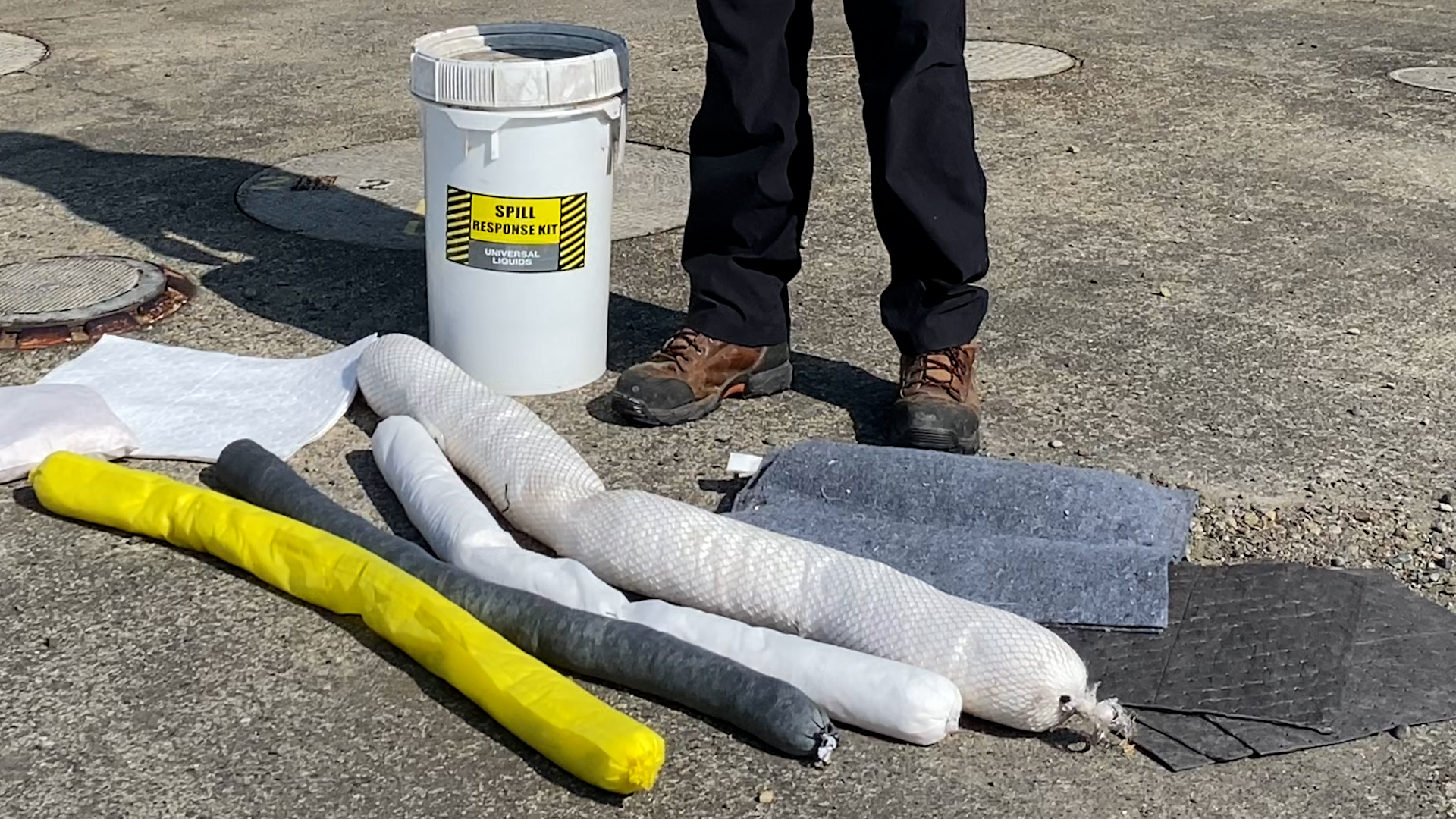
Socks can come in a variety of sizes but are generally smaller than booms. Socks are typically used to contain smaller spills that occur on land or indoors. Common-sized socks are approximately 3″ in diameter and can vary in length from 18″ to 10 feet. Some manufacturers sell large rolls of 100+ feet that can be cut and custom-sized for your needs.
Booms are typically much bigger in diameter than socks, with common sizes ranging from the 5-10″ range. Booms are often associated with containing an oil spill that occurs in water (using the white-oil-only boom) and commonly is found in lengths of 20+ feet with shorter lengths available.
It is important to recognize the difference between the socks and booms, and the types of material that they will absorb. You can easily fit a handful of socks in a spill kit that is housed in a 5-gal bucket, but those socks would struggle to contain a spill in a water body. A Boom on the other hand could easily contain that spill, but is impractical to store to handle a small spill on land. Assess your site, the chemicals, and the volumes you are working with, and choose your containment accordingly.
4. Catch Basin Access/ Protection
When a spill occurs you will want a cover or plug to protect any nearby stormwater drainage systems. There are several different options for these systems ranging from size-specific plugs to simple heavy-duty plastic bags. No matter what you choose to use, these coverings should be an appropriate size and sturdy enough to act as a last line of protection to prevent the spill from entering these stormwater systems.
To install these we will likely need a grate hook to access and remove our catch basin lids. Keeping a small one in your spill kit is a great idea, as having to go search for one could mean the difference between a protected catch basin and one that is breached by your spilled material. It is also a good idea to have a spare allen-wrench or other access tools in your spill kit ready to go.
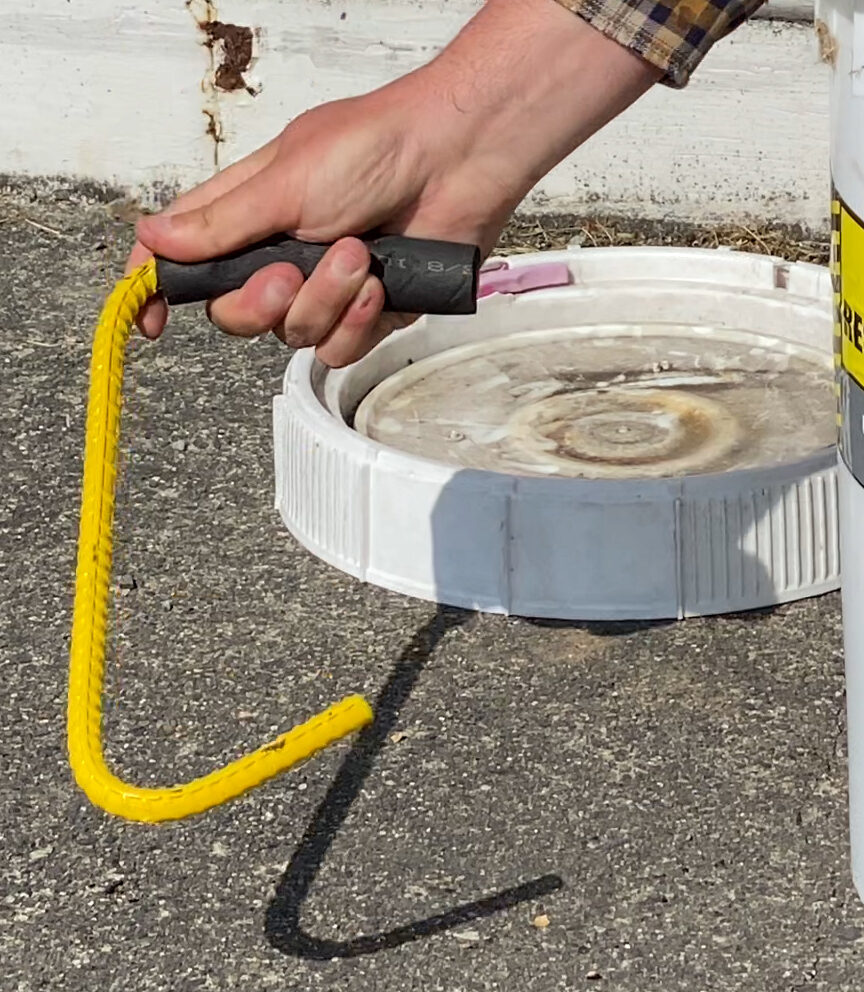
5. Cleanup and Disposal Supplies
After your spill is contained and has been absorbed, you will need to clean up the area and dispose of all cleanup materials. 5-gallon buckets, heavy-duty trash bags, brooms, dustpans, and non-metallic shovels are all important to have on hand. When disposing of this material, you should contact your local municipality or regional ecology office to determine the best disposal options. Some materials can be double bagged and placed in normal garbage whereas others will need to be treated and disposed of like hazardous waste.
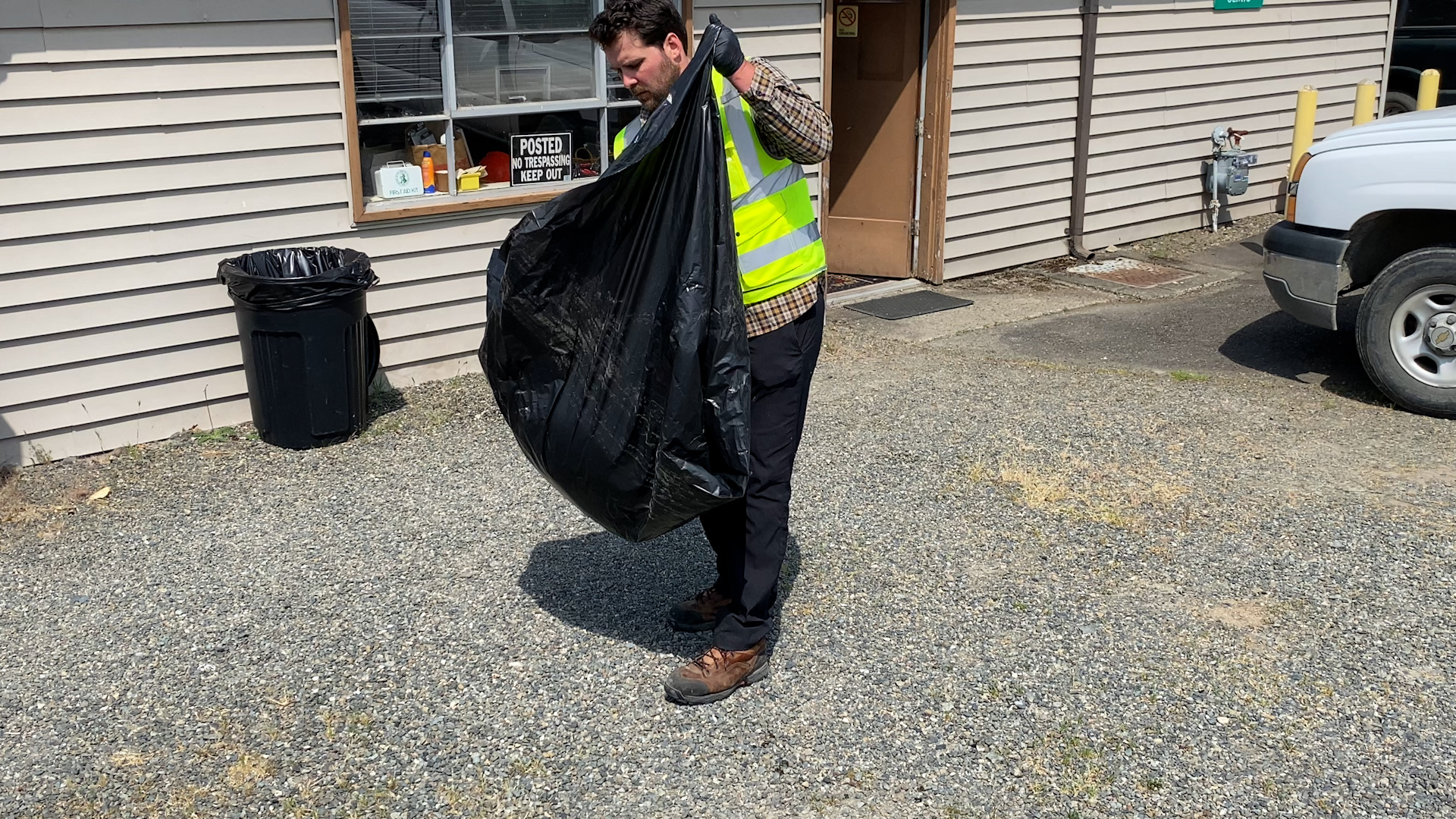
6. Instructions and Other Paperwork
It is a good idea to keep a laminated instruction sheet as a reminder of how to properly clean up a spill, what the contents of a spill kit are and what they do, the most important phone numbers to call, and who to report the spill to. Even with proper training, a spill can be a hectic event, so having a quick guide to reference is critical in a stressful situation.
For more video content covering a wide range of stormwater topics, please visit our YouTube page!

